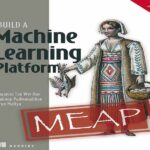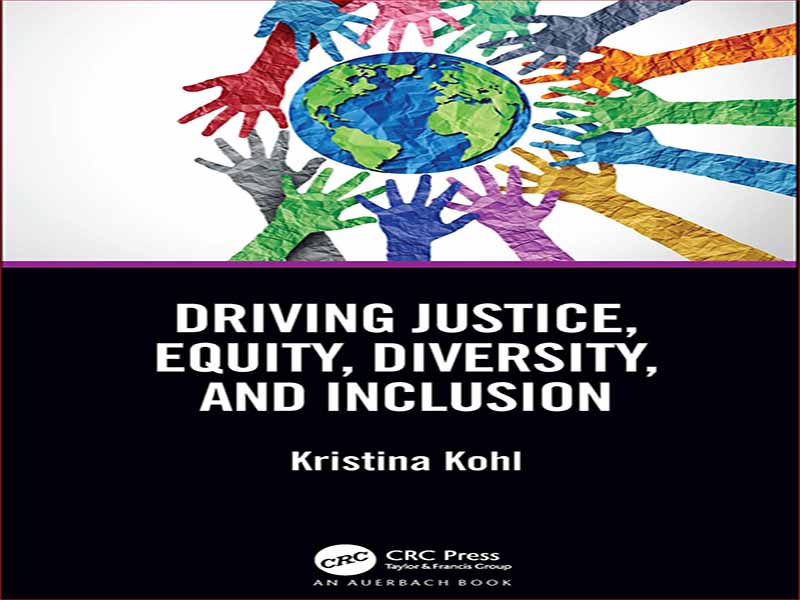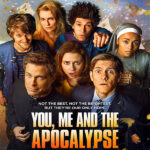همانطور که ما سازمان ها را برای مقابله با چالش های قرن بیست و یکم می سازیم و تطبیق می دهیم، باید در نظر داشته باشیم که مدل هایی که در قرن بیستم کار می کردند دیگر قابل اجرا نیستند. ما در دنیای فرار، نامطمئن، در حال تغییر، پیچیده و مبهم (VUCA) کار می کنیم. سازمان ها برای ایجاد انعطاف پذیری و پیشرفت باید چابک و سازگار باشند. روندهای کلان تأثیرگذار بر سازمان ها شامل رشد جمعیت و تغییرات جمعیتی، افزایش شهرنشینی و رشد کلان شهرها، گرم شدن دما، افزایش سطح آب دریاها، از دست دادن زیستگاه، از دست دادن تنوع زیستی، بیماری های همه گیر، اعتراضات اجتماعی، و افزایش قطبی شدن سیاسی است. پیشرفت در فناوری و اتصال به این معنی است که جهان از رویدادهای خوب و بد دقایقی پس از وقوع آنها آگاه است. شفافیت برای برآوردن مؤثر الزامات ذینفعان ضروری است. علاوه بر این، چرخه عمر متوسط یک کسب و کار در حال کاهش است. مککینزی گزارش میدهد که میانگین طول عمر سازمانهای گنجانده شده در استاندارد اند پورز 500 در سال 2010 14 سال بوده و در مقایسه با 90 سال در سال 1935 کوتاهتر شده است. ، مردم و سود برای پیشرفت. یک مدل جدید برای موفقیت در اهداف توسعه پایدار سازمان ملل (SDGs) یافت می شود که نقشه راهی برای ایجاد سازمان های زیست محیطی و اجتماعی عادلانه تر و عادلانه تر ارائه می دهد.
As we build and adapt organizations to address 21st century challenges, we must consider that models that worked in the 20th century are no longer applicable. We operate in a Volatile, Uncertain, Changing, Complex, and Ambiguous (VUCA) world. Organizations need to be agile and adaptive to build resiliency and thrive. Megatrends impacting organizations include population growth and demographic changes, increasing urbanization and growth of megacities, warming temperatures, rising sea levels, loss of habitat, loss of biodiversity, pandemics, social protests, and increased political polarization, to name a few. Advances in technology and connec-tivity mean that the world is aware of events both good and bad minutes after they happen. Transparency is necessary to effectively meet stakeholder requirements. In addition, the average lifecycle of a business is shrinking. McKinsey reports that the average life span of organizations included in Standard & Poor’s 500 was 14 years in 2010, and getting shorter, vs. 90 years in 1935.1 This increased velocity of change heightens the complexity of managing organizations and requires a new framework that values planet, people, and profit to thrive. A new model for success is found in the U.N. Sustainable Development Goals (SDGs), which provide a roadmap to build more environmentally and socially just and equitable organizations.
این کتاب را میتوانید از لینک زیر بصورت رایگان دانلود کنید:
Download: Driving Justice, Equality, Diversity, and Inclusion



































نظرات کاربران